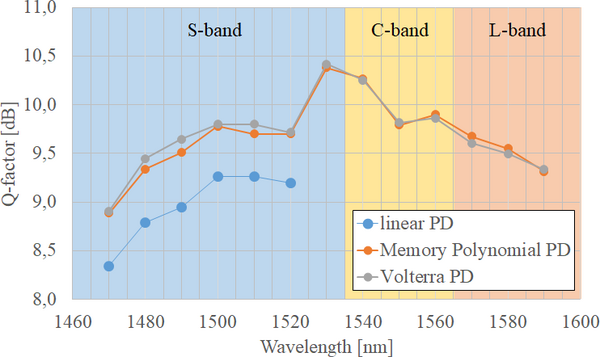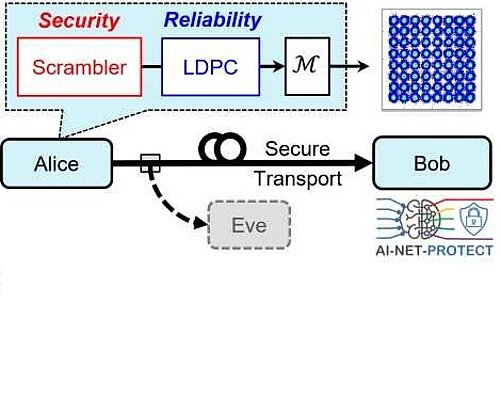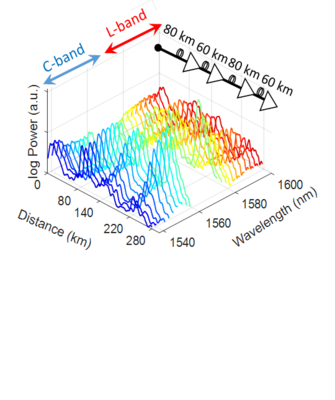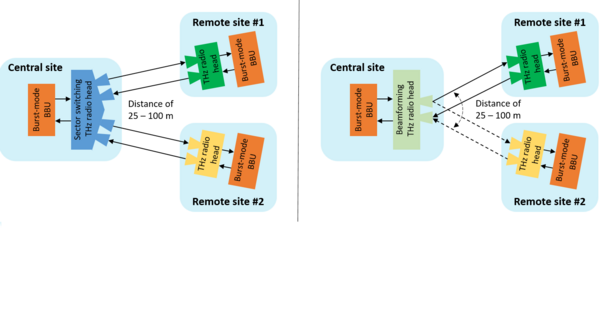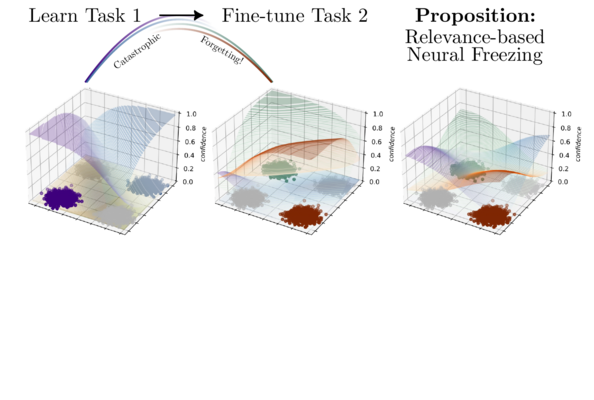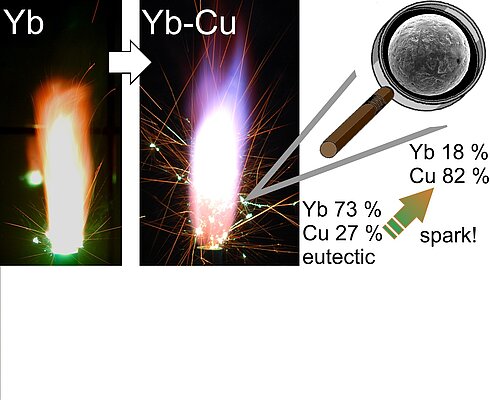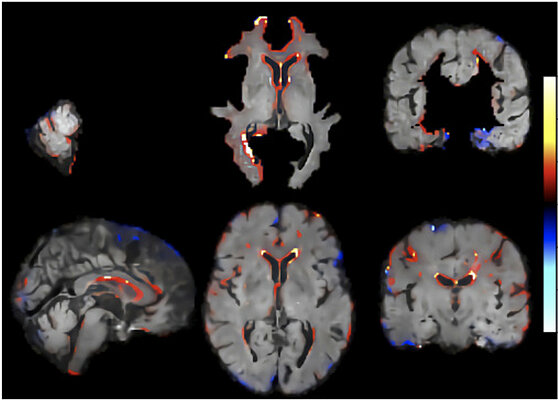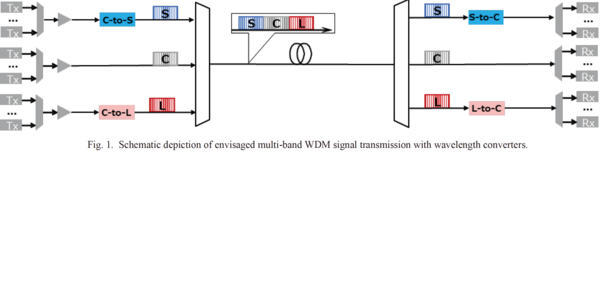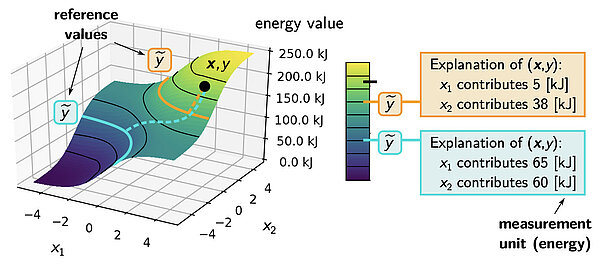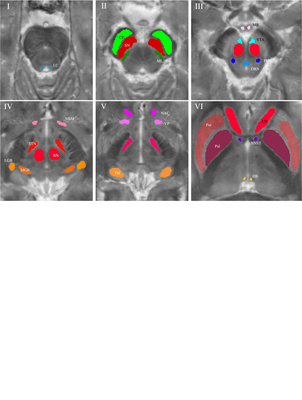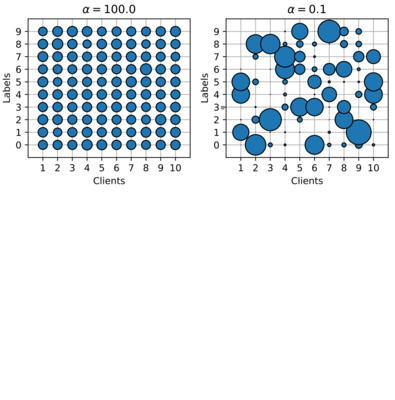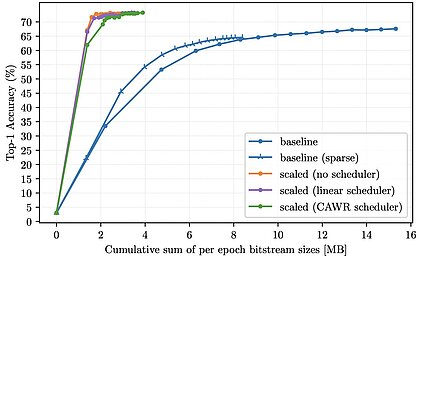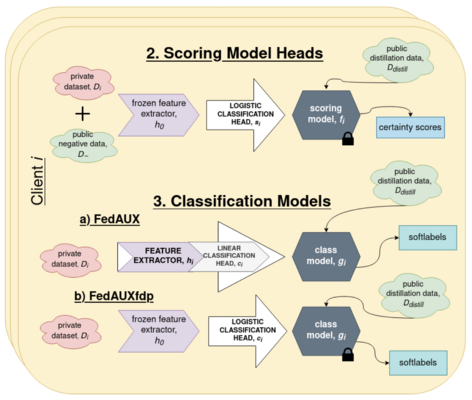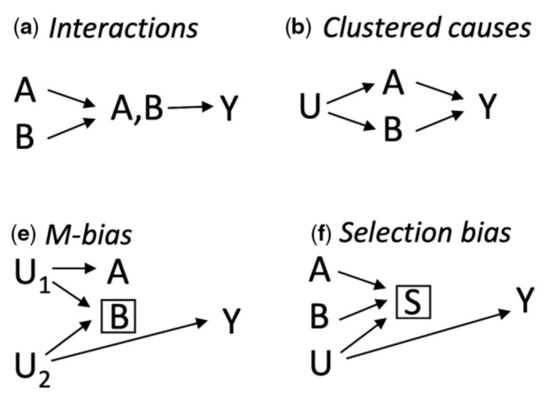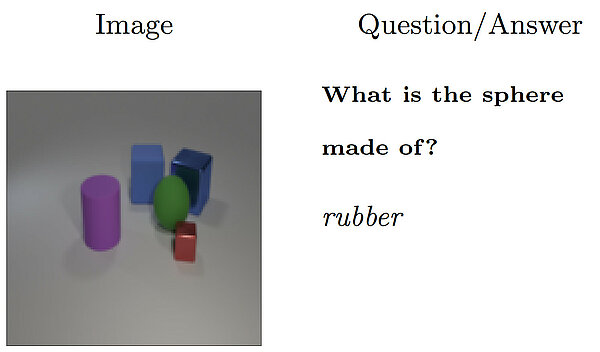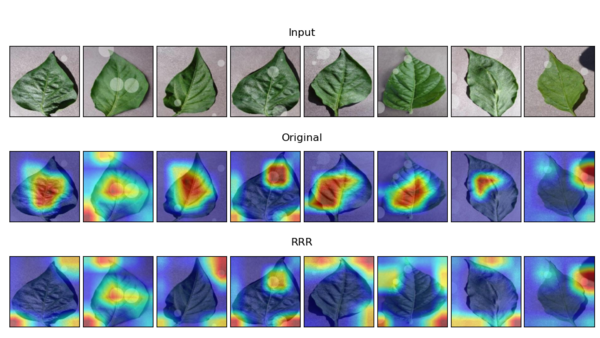Ultrawideband Systems and Networks: Beyond C+L -Band
In the evolution of optical networks, enhancement of spectral efficiency (SE) enhancement has been the most cost-efficient and thus the main driver for capacity enhancementincrease for decades. As a result, the development of optical transport...
Hyperspectral Demosaicing of Snapshot Camera Images Using Deep Learning
This work proposes a parallel neural network based demosaicing procedure for single-camera-one-shot-for hyperspectral imaging trained on a new ground truth dataset captured in a controlled environment by a hyperspectral snapshot camera with a 4×4...
Experimental Investigation of Information Bit Scrambling for Physical-Layer Security in Coherent Fiber-Optic Systems
We experimentally demonstrate tap-proof coherent optical 640-Gb/s transmission based on encryption-less physical layer security. Information bit scrambling combined with soft-decision error-correction coding yields favorably small security gaps,...
Advanced DSP-based Monitoring for Spatially resolved and Wavelength-dependent Amplifier Gain Estimation and Fault Location in C+L-band Systems
We study the benefits of applying advanced DSP-based monitoring on multiple wavelength division multiplexing (WDM) channels allocated in the optical grid to infer wavelength-wise characteristics of a C+L-band optical line system. In that context,...
Towards High-Capacity THz-Wireless P2MP Communication Systems for 6G
We present different concepts of a THz-wireless point-to-multipoint (P2MP) communication system based on fast spatio-temporal beam-switching in the THz domain and discuss implications for the system and the DSP design. Characterization results...
Perfusion Assessment via Local Remote Photoplethysmography (rPPG)
We present an approach to assess the perfusion of visible human tissue from RGB video files. We show that locally resolved rPPG-signals can be used for intraoperative perfusion analysis and visualization during skin and organ transplantation as...
Explaint to not Forget: Defending Against Catastrophic Forgetting with XAI
The ability to continuously process and retain new information like we do naturally as humans is a feat that is highly sought after when training neural networks. Unfortunately, the traditional optimization algorithms often require large amounts...
Customizing the Appearance of Sparks with Binary Metal Alloys
Alloys consisting of >65 at. % of a brightly emitting and low-boiling-point metal and a carrier metal allow achieving long-flying deeply colored sparks. Besides the color, branching of sparks is crucial for the visual appearance. Rare-earth...
Towards the Interpretability of Deep Learning Models for Human Neuroimaging
Brain-age (BA) estimates based on deep learning are increasingly used as neuroimaging biomarker for brain health; however, the underlying neural features have remained unclear. We combined ensembles of convolutional neural networks with...
Characterization of Dispersion-Tailored Silicon Strip Waveguide for Wideband Wavelength Conversion
In view of application to wideband wavelength conversion, an SOI waveguide was fabricated and characterized. Conversion of C- band WDM test signals into S- and L- bands in a single waveguide is demonstrated.
DSP-Based Link Tomography for Amplifier Gain Estimation and Anomaly Detection in C+L-Band Systems
In this work, we propose a spatially-resolved and wavelength-dependent DSP-based monitoring scheme to accurately estimate the spectral gain profile of C+L-band in-line Erbium-doped fiber amplifiers deployed in a 280-km single mode fiber link.
Bayesian Optimization for Nonlinear System Identification and Pre-distortion in Cognitive Transmitters
We present a digital signal processing (DSP) scheme that performs hyperparameter tuning (HT) via Bayesian optimization (BO) to autonomously optimize memory tap distribution of Volterra series and adapt parameters used in the synthetization of a...
Toward Explainable AI for Regression Models
While such Explainable AI (XAI) techniques have reached significant popularity for classifiers, so far little attention has been devoted to XAI for regression models (XAIR). In this review, we clarify the fundamental conceptual differences of XAI...
Multiparametric MRI for characterization of the basal ganglia and the midbrain
In this joint work with the University of Heidelberg, German Cancer Research Center, University Hospital of Erlangen we showed that multimodal quantitative MR enabled excellent differentiation of a wide spectrum of subcortical nuclei with...
Communication-Efficient Federated Distillation via Soft-Label Quantization and Delta Coding
Communication constraints prevent the wide-spread adoption of Federated Learning systems. In this work, we investigate Federated Distillation (FD) from the perspective of communication efficiency by analyzing the effects of active...
Adaptive Differential Filters for Fast and Communication-Efficient Federated Learning
Federated learning (FL) scenarios inherently generate a large communication overhead by frequently transmitting neural network updates between clients and server. In this work, we propose a new scaling method operating at the granularity of...
Differentially Private One-Shot Federated Distillation
Federated learning suffers in the case of "non-iid" local datasets, i.e., when the distributions of the clients’ data are heterogeneous. One promising approach to this challenge is the recently proposed method FedAUX, an augmentation of federated...
Causes of Outcome Learning: A causal inference-inspired machine learning approach to disentangling common combinations of potential causes of a health outcome
Nearly all diseases are caused by different combinations of exposures. We present the Causes of Outcome Learning approach (CoOL), which seeks to discover combinations of exposures that lead to an increased risk of a specific outcome in parts of...
A Benchmark Dataset for the Ground Truth Evaluation of Neural Network Explanations
Recently, the field of explainable AI (XAI) has developed methods that provide such explanations for already trained neural networks. So far XAI methods along with their heatmaps were mainly validated qualitatively via human-based assessment, or...
Improve the Deep Learning Models in Forestry Based on Explanations and Expertise
This research improves deep learning models based on explanations and expertise. The way is to set the annotation matrix for each training sample. Three image classification tasks in forestry verify the method.
